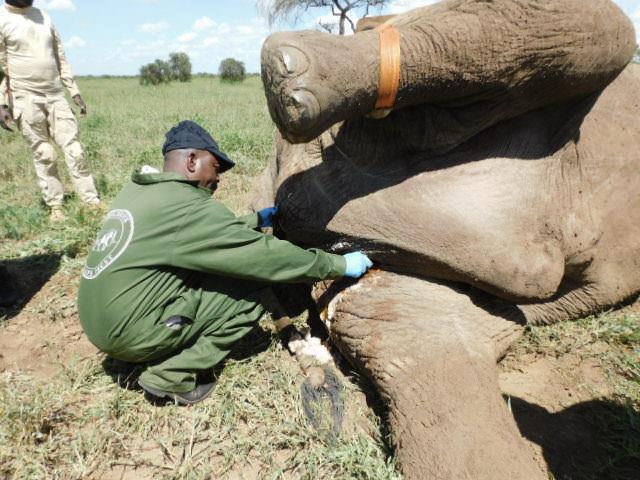
SWT/KWS AMBOSELI MOBILE VETERINARY UNIT
JANUARY 2024




JANUARY 2024




The weather in January 2024 was warmer in the Southern Conservation Area in comparison to the previous month which was moderately wetter.
The Amboseli Mobile Veterinary Unit attended to 6 Cases. These included 4 elephant cases, 1 rhino case and 1 lion case. The team examined and successfully treated 2 elephant bulls in the Ithumba area for arrow wounds on separate occasions. The team also treated another elephant bull in Eselenkei Group Ranch for fight wounds and removed a non-functional collar on a young elephant bull named Lenku in Amboseli National Park In Maungu area, the veterinary unit successfully captured an adult male lion that was notorious for livestock attacks and translocated the animal to Tsavo East National Park. Lastly, the Amboseli Mobile Veterinary Unit performed a post-mortem examination on a black rhino carcass in Ngulia Rhino Sanctuary after a poaching incident.
Acknowledgement
The Amboseli Mobile Veterinary Unit greatly appreciates the support and funding it continues to receive from the Sheldrick Wildlife Trust. The team also appreciates all the staff and rangers from Kenya Wildlife Service, Big Life Foundation, scientists from Amboseli Trust for Elephants, and everyone else who supported the monitoring of distressed wildlife in areas of interest.

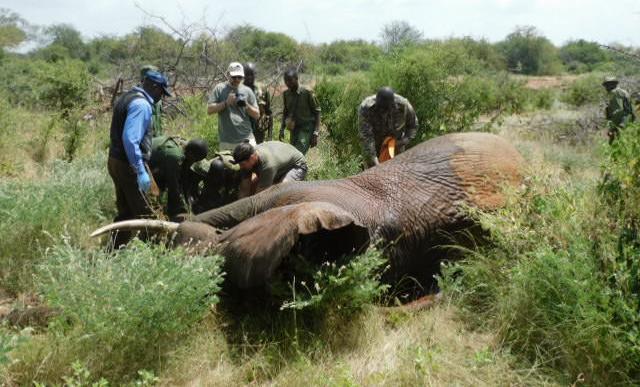
Sheldrick Wildlife Trust informed the Amboseli Mobile Veterinary Unit about this injured elephant bull in the Ithumba area of Tsavo East National Park and flew the veterinary team in by caravan.
The elephant bull was found foraging alone. As the helicopter approached him, he stayed in place and did not move towards a nearby bachelor herd The elephant was darted from the helicopter and successfully immobilized with 20mg Etorphine. Upon close examination, 3 deep penetrating wounds were observed in the neck region below the mandibles. The wounds were infected, and one wound had an arrowhead embedded in it. The pus-filled wounds were drained and irrigated with Hydrogen peroxide and Iodine solution. To cover for bacterial infection, an Amoxicillin injection was administered and Oxytetracycline spray was applied topically. The elephant’s eyes appeared sunken, and this was probably why the bull hesitated to flee into the bush as the helicopter approached.
Prognosis
Anaesthesia was reversed with Naltrexone post-treatment. The bull woke up 3 minutes after the revival drug was administered. The elephant bull has a good prognosis.
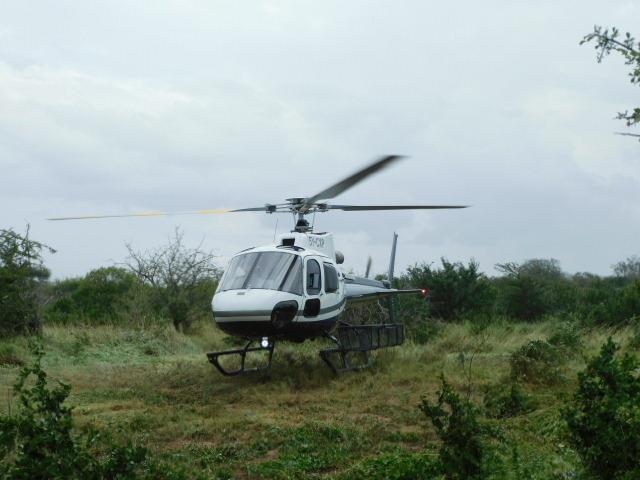
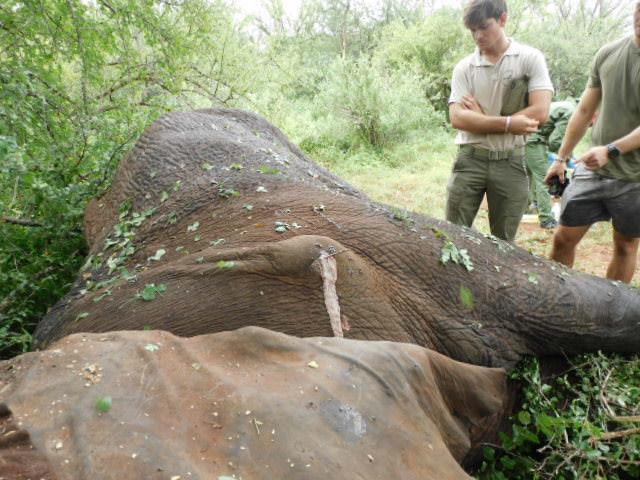
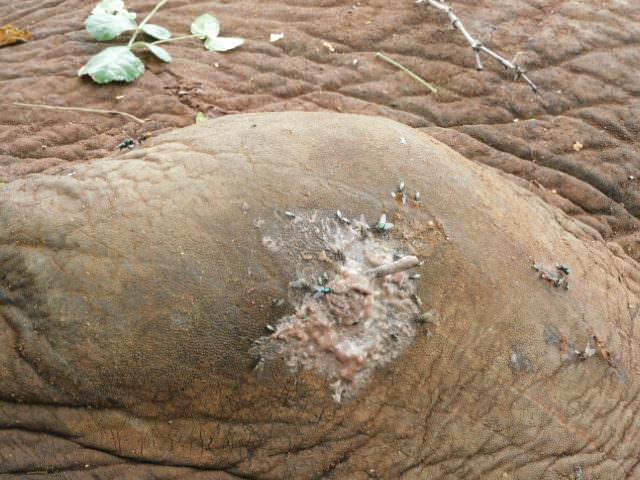
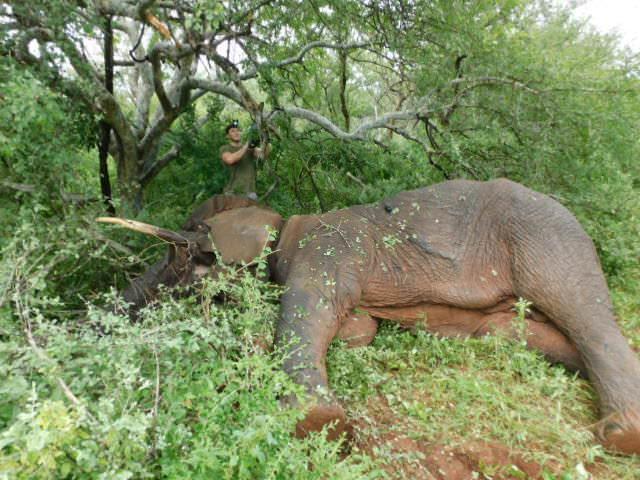
The Assistant Director-Tsavo West National Park reported the discovery of a black rhino carcass within Ngulia Rhino Sanctuary on 19/01/2024. The Veterinary Services Department was requested to determine the cause of the rhino’s death. Two veterinary officers, one from KWS HQs and the other from the Amboseli Mobile Veterinary Unit, conducted the examination. A scientist from the Forensic Lab collected samples for DNA profiling and a team of 3 personnel from KWS investigations assisted in the necropsy and tracing of the projectiles in the carcass. 3 support staff from Capture Services also assisted in turning the carcass during the necropsy process.
The carcass was identified as Tarus, a 10-year-old male black rhino. The rhino carcass was found lying in right lateral recumbency. The carcass was bloated, and rigour mortis had set in. The autolysis process had begun, and fluids discharged from the oral cavity soaked the ground. The male rhino appeared to have been in good body condition before death. The carcass had a few maggots on the neck and none anywhere else. There were signs that the rhino slid and fell to the ground before death. The carcass appeared to have been interfered with and both horns had been crudely hacked out and were missing. All the other body parts were intact. 3 penetrating wounds were observed on the right side of the chest and an additional one on the left side of the neck. A cut was made through the wounds and 6 projectiles were retrieved. The scapula and humerus head had been shattered by the projectiles and were surrounded by a mass of hematoma. The penetrating wound on the neck had damaged the left jugular vein and a massive blood clot was observed. The thoracic cavity was full of blood-tinged fluid and the lungs were damaged on both the left and right lobes.
The rhino died from exsanguination. 6 projectiles were retrieved from the carcass, the projectile that hit the neck caused massive blood loss while the one that destroyed the lungs complicated the situation by compromising respiratory processes. The post-mortem findings pointed to human involvement in the death of Tarus.
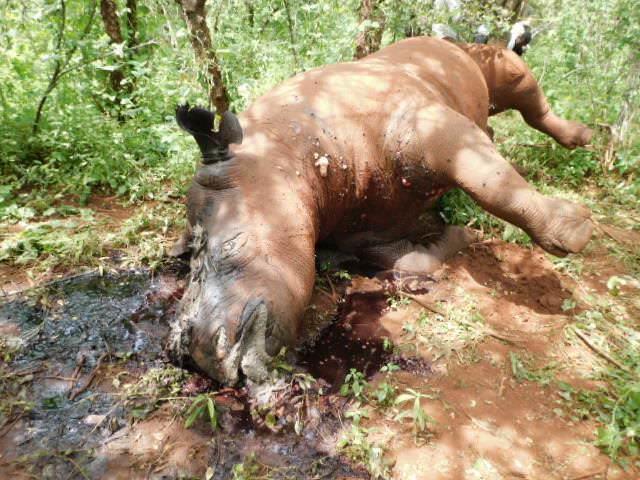

Sheldrick Wildlife Trust informed the Amboseli Mobile Veterinary Unit about a lame elephant bull sighted in the Ithumba area of Tsavo East National Park.
The elephant bull was found in a herd. A helicopter was used to facilitate darting and to separate the injured bull from the main herd. The bull was darted from the helicopter and successfully immobilized with 20mg Etorphine.
Upon examination, a penetrating wound was observed to the left hind limb. The wound was shallow and infected. It was suspected that the wound was caused by an arrow. The pus-filled wound was drained and irrigated with Hydrogen peroxide and Iodine solution. Amoxicillin was administered intramuscularly and Oxytetracycline spray applied on the treated wound to cover for bacterial infection. The bull was revived with Naltrexone and woke up shortly after drug administration.
The elephant bull has a good prognosis.
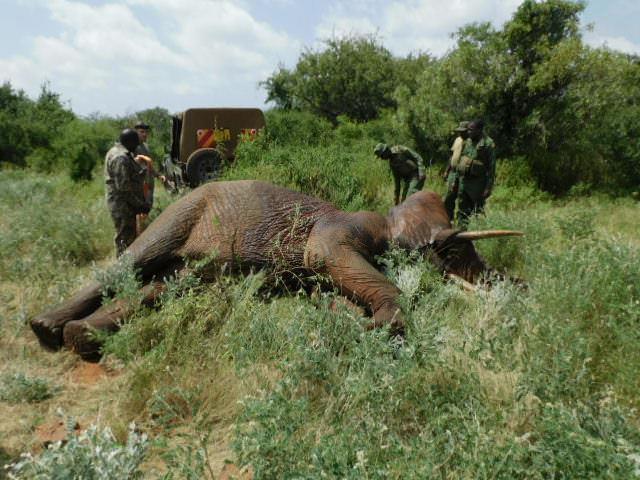



The Warden in charge of Community Services reported that an adult male lion had invaded a homestead in Maungu area.
Capture and relocation
The lion had found its way into a goat pen and had not left. The Amboseli Mobile Veterinary Unit team used their vehicle to block the entrance into the boma The lion was then darted and successfully immobilized with a cocktail of Ketamine and Medetomidine. Once the drugs had taken effect, the lion was put in a translocation cage and relocated to Tsavo East National Park.
Prognosis
The lion has a good prognosis

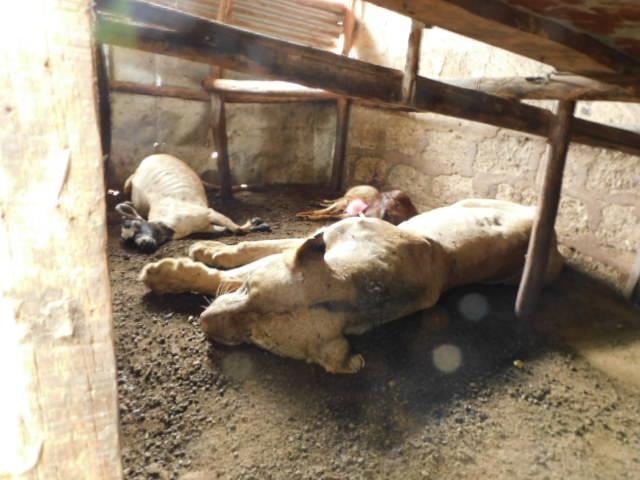
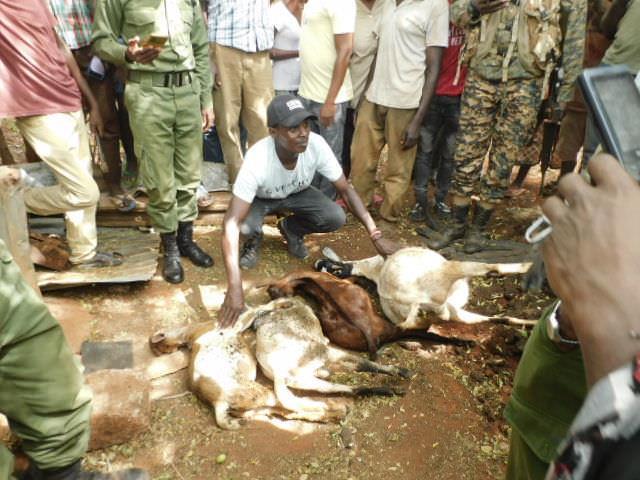
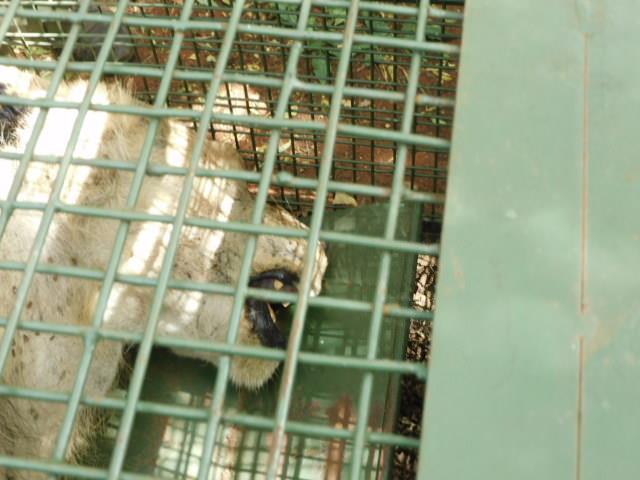
Scientists from The Amboseli Trust for Elephants in Amboseli National Park reported a sub-adult male elephant named Lenku with a non-functional collar.
Immobilisation, examination and treatment
The elephant was successfully immobilized with 15 mg Etorphine.
The defective collar was cut loose and removed then an Amoxicillin injection was administered to cover for any bacterial infection that could have been introduced through the dart wound.
The young elephant bull was revived with Naltrexone and woke up a short while later
Prognosis
Lenku has a good prognosis.




Big Life Foundation Rangers reported an injured elephant bull in Eselenkei Group Ranch. The bull had a swollen scrotum and neighbouring structures. A helicopter facilitated the elephants treatment.
Immobilisation, examination and treatment
The elephant was in a bachelor herd comprising 3 elephant bulls. The elephant was darted from a vehicle with 20mg Etorphine and prevented from running into the bush by the vehicle The helicopter remained on standby for any emergency and assistance in pushing the elephant out of the bush if necessary. Immobilization was achieved 10 minutes post-darting.
The elephant bull had wounds below the scrotum. The injuries were most likely inflicted by another elephant bull during a fight. The wounds oozed pus and the adjacent prepuce was swollen. The pus-filled wounds were drained and irrigated with Hydrogen peroxide and Iodine solution. An Amoxicillin injection was administered and Oxytetracycline spray was topically applied on the wound to cover for bacterial infection.
Prognosis
The bull was revived with Naltrexone and woke up shortly after the drug was administered with a good prognosis


